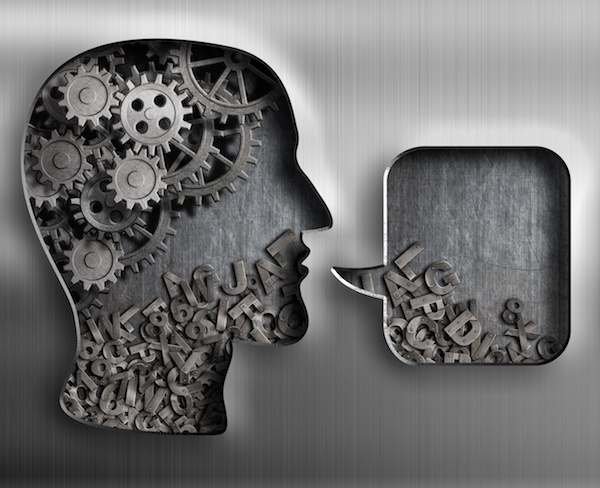
Google’s BERT, otherwise known as Bidirectional Encoder Representations from Transformers, is a Transformer-based machine learning technique that’s used for natural language processing (NLP). This update is helping Google to better understand natural language for search results, which means that it’s also an incredibly beneficial digital marketing advancement. More and more consumers are speaking questions directly into their smart devices, which has made it challenging for search engines to interpret spontaneous spoken query. BERT specializes in natural language as a whole and voice search queries, in particular, making it a modern technology that is changing the field of search engine optimization and digital marketing as a whole. Continue reading to learn more about the science behind BERT and how it could revolutionize content marketing.
Some background information
The interdisciplinary scientific field of computer vision deals with how computers work to gain a high-level understanding of digital images or videos. As an advancement that works alongside digital marketing, it seeks to better understand and automate tasks that humans do. That being said, researchers have shown time and time again that there’s value transferred learning — “pre-training a neural network model on a known task… and then performing fine-tuning” — using a trained neural network as the basis of a purpose-specific model. This technique has shown to be useful in many natural language tasks in recent years!
How does BERT work?
BERT is not only a digital marketing advancement, it also benefits a variety of tech-related fields. However, to properly understand how BERT works, you must first know the breakdown of the following terms:
- Transformer: an attention mechanism that learns contextual relations between words in the text.
- Mechanisms: encoders that read the text input and decoder to produce a prediction for the task.
BERT uses a Transformer in its original form by separating two mechanisms. Since the goal of BERT is to generate a language model, the encoder mechanism is enough to provide detailed workings of the Transformer.
While directional models, which read the text input sequentially (left-to-right or right-to-left), the Transformer encoder reads the entire collection of words all in one go. Therefore, it’s considered to be bidirectional, allowing the model to learn the context of each word based on where it’s placed among its surrounding words.
To overcome the challenge of prediction of the next word in a sequence (for example, “The dog chased his ___”), BERT uses the following two strategies:
- Masked LM (MLM)
- Next Sentence Prediction (NSP)
MLM is a model that attempts to predict the original value of the masked words, based on the context provided by the other non-masked words in the sequence.
There are three ways in which it does this:
- Adds the classification layer to the top of the encoder output.
- Multiplies the output vectors by the embedding matrix and transforms them into vocabulary.
- Calculates the probability of each word with SoftMax.
NSP is another model that receives pairs of sentences as the input, learning to predict if the second sentence is a subsequent sentence in the original document.
To help this model distinguish between two sentences, the input is processed in the following way:
- A [CLS] token is inserted at the beginning of the first sentence, followed by a [SEP] token at the end of the second sentence.
- The sentence embedding is an indication that both sentences are added to each token.
- A positional embedding is then added to indicate the position within the sequence. This portion is presented in the Transformer paper.
For the model to accurately predict if the two sentences are connected, it also performs the following steps:
- The input sequence goes through the Transformer model.
- The output of the [CLS] token is transformed into a 2×1 shaped vector using the following classification scheme: learned matrices of weights and biases.
- The probability is then calculated through the IsNextSequence with SoftMax.
What does this mean for digital marketing advancements?
There are a few things you can take into consideration if you work in digital marketing:
- Model size matters.
- There is higher accuracy.
- BERT’s bidirectional approach (MLM) outperforms after a small number of pre-training steps.
- Offers research tools and methods for consumer-centric content marketing.
- In-depth demographic analysis showing users’ locations, devices, and applications.
- Supports social media listening.
Do you want more helpful, actional content? Drop some comments below to give us some blogging topics to research.
Alex Wilks has been working as a copywriter and digital marketing strategist since 2018, with added specialties in social media and email marketing. With a Bachelor’s Degree in Journalism and Communication, she is a natural content writer with the ability to connect well with her target audience.
